| Abstract | The aim of this study is to empirically investigate the impact of the working-to-primary air flow ratio variation on the dehumidification performance of an evaporative cooling-assisted internally cooled liquid desiccant dehumidifier. In the experiment, the process air passed through the primary (or dehumidification) channels of the internally cooled liquid desiccant dehumidifier at a constant flow rate, while the working air flow passing through the secondary (or evaporative cooling) channels was modulated to vary the working-to-primary air flow ratio from 0.25 to 1.0 in 0.25 increments. To evaluate the impact of the working-to-primary air flow ratio on the dehumidification and cooling performance of the internally cooled liquid desiccant dehumidifier, four different performance indices, i.e., cooling capacity, wet-bulb effectiveness, volumetric mass transfer coefficient, and coefficient of performance, were measured in a series of experiments performed under various working-to-primary air flow ratios. From those performance indicators, the overall heat, mass transfer performance, and energy efficiency of the internally cooled liquid desiccant dehumidifier could be rated. The experimental results indicate that the maximum values of the four selected performance indices are obtained at a working-to-primary air flow ratio of 0.5. To verify the reliability of the experimental results, a detailed simulation of the internally cooled liquid desiccant dehumidifier was performed using a sorption system simulation program (SorpSim). The measured performance data was in good agreement with the simulation results, within 20% error bounds. Consequently, we determined that the optimal dehumidification and cooling performance of the internally cooled liquid desiccant dehumidifier could be expected when the working-to-primary air flow ratio is 0.5. |
|---|
